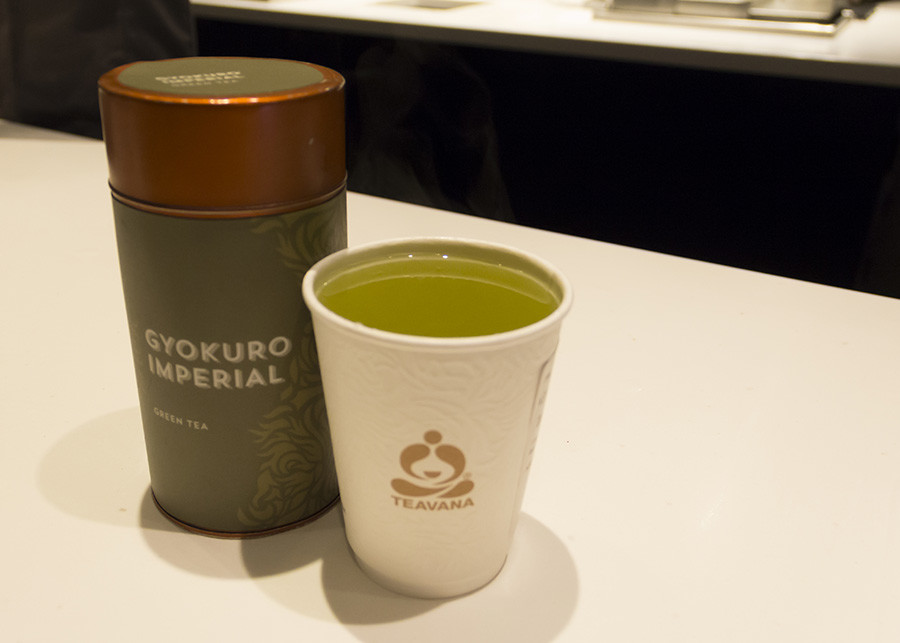Terrific tea to thrill the tastebuds
Tea makes for an appropriate replacement of coffee.
April 21, 2015
Although films and TV shows typically portray college students chugging huge mugs of coffee to fuel their all-nighters, these days many are reaching for a different source of caffeine — tea.
If you don’t know much about the beverage, there are a few things to consider when picking out which kind of tea you want to drink. Though there are thousands of varieties of tea, they all come from the same plant: Camellia sinensis. This is where things start to get murky, however, because blends of herbs like peppermint and chamomile are labeled as tea when they are really tisanes. True tea can be divided up into four categories: black, green, oolong and white. All of these teas begin as leaves on a Camellia sinensis bush, but are treated differently after being picked.
To make black tea, the leaves are first left in the sun to wither. They are then rolled to remove the remaining moisture. The next step is oxidation, where the cells in the leaves react with the oxygen in the air. Then the leaves turn from green to brown, which results in tea with a strong, although sometimes slightly bitter taste.
Green tea is produced in almost the same way, except there is an extra step between the withering and rolling. The leaves are steamed or pan fried, and the blast of heat stops the oxidation process, which gives the tea a grassy, earthy flavor.
Oolong tea is somewhere in the middle, since it is only partially oxidized. White tea can only be picked a few days a year when the plant’s buds are still closed, and it then undergoes the same process as green tea.White tea has a much lighter flavor, and has less caffeine than green or black tea.
Tea is renowned for its health benefits, particularly its high concentration of antioxidants. If health is a main concern when choosing your variety of tea, consider trying matcha, a form of green tea popular in Japan. Matcha is thought to be especially healthy because the whole leaf is powdered and mixed with hot water before being consumed.
Once you know what kind of tea you want to drink, there are also a few tips to remember in order to ensure you are drinking the best tasting tea possible. If you think you do not like tea, it might be because you have only tasted tea which has been badly brewed from pre-made tea bags. Tea bags are often made with small pieces of broken leaves that are easy to over steep, producing a bitter taste. Triangle tea sachets are a better option, like like those sold by Harney and Sons (433 Broome St.), which are large enough to allow the water to properly mix with larger pieces of tea leaves.
Most of the best quality tea never makes it into bags, and is instead sold as loose-leaf. To prepare loose-leaf tea, simply combine one teaspoon of tea with eight ounces of hot water in a measuring cup. Steep, then pour the tea through a strainer or coffee filter into a mug. Investing in a tea steeper, which is a mesh container that acts as a reusable version on a tea bag, is also an option. The best place to buy loose leaf tea is at a dedicated tea shop, such as Bosie Tea Parlor (10 Morton St.).
It is also important to remember not to use water that is too hot when making tea, as this can result in bitterness. Only black tea should be made with boiling water. Boiling water that has cooled for a few minutes is perfect for oolong, and green and white teas taste best when made with water that is just steaming.
A version of this article appeared in the Tuesday, April 21 print edition. Email Kendall Levison at [email protected].
























































































































































